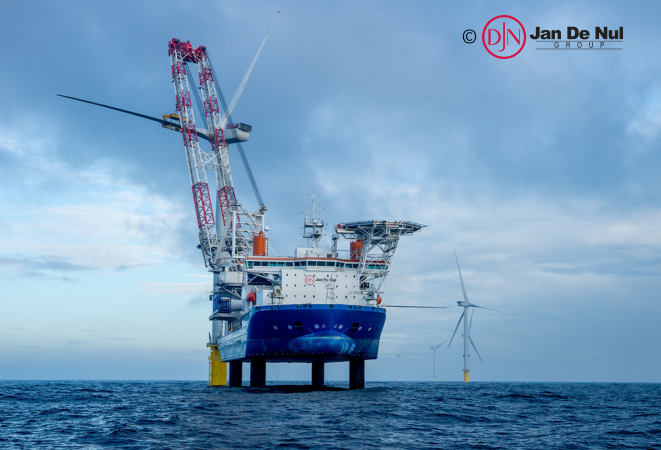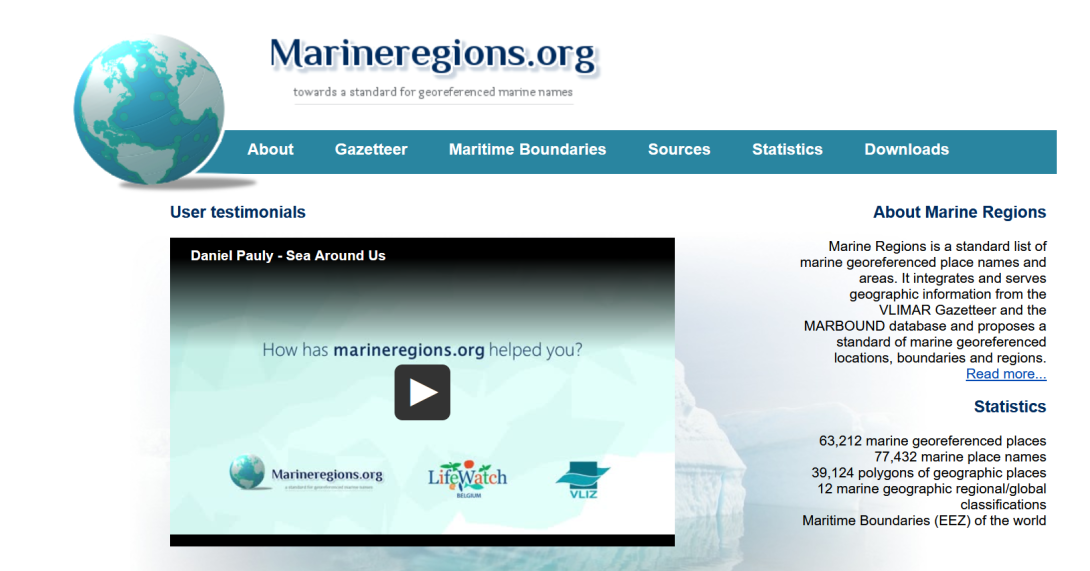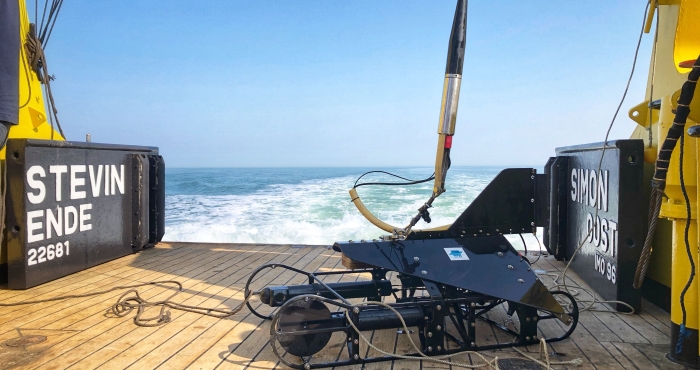
Jan De Nul Group is a global player in dredging and marine works. They are using a cluster of services to determine if the position of a ship is within a country's sovereign territorial seas. One of these services is Marine Regions’ Maritime Boundaries.





